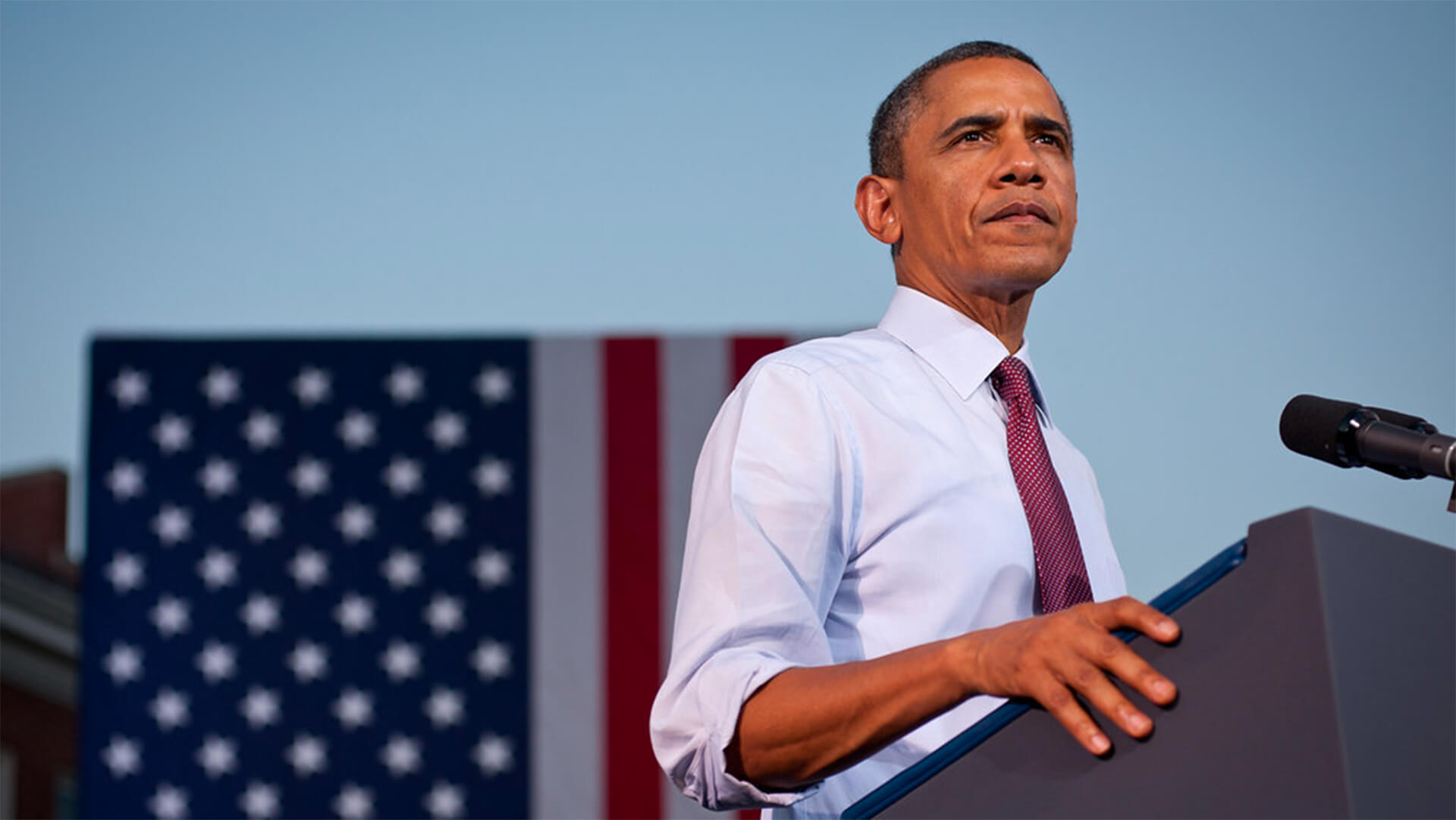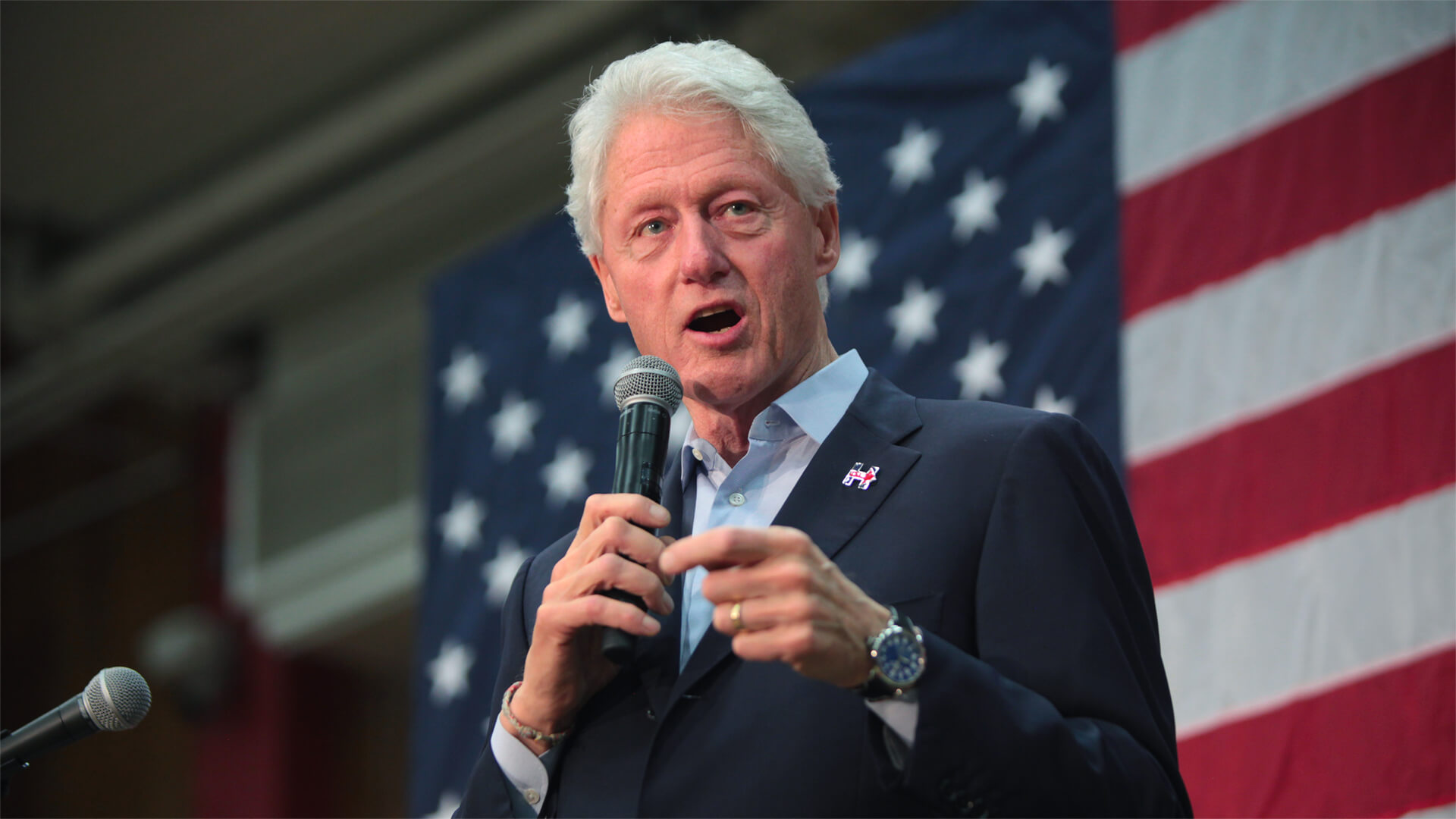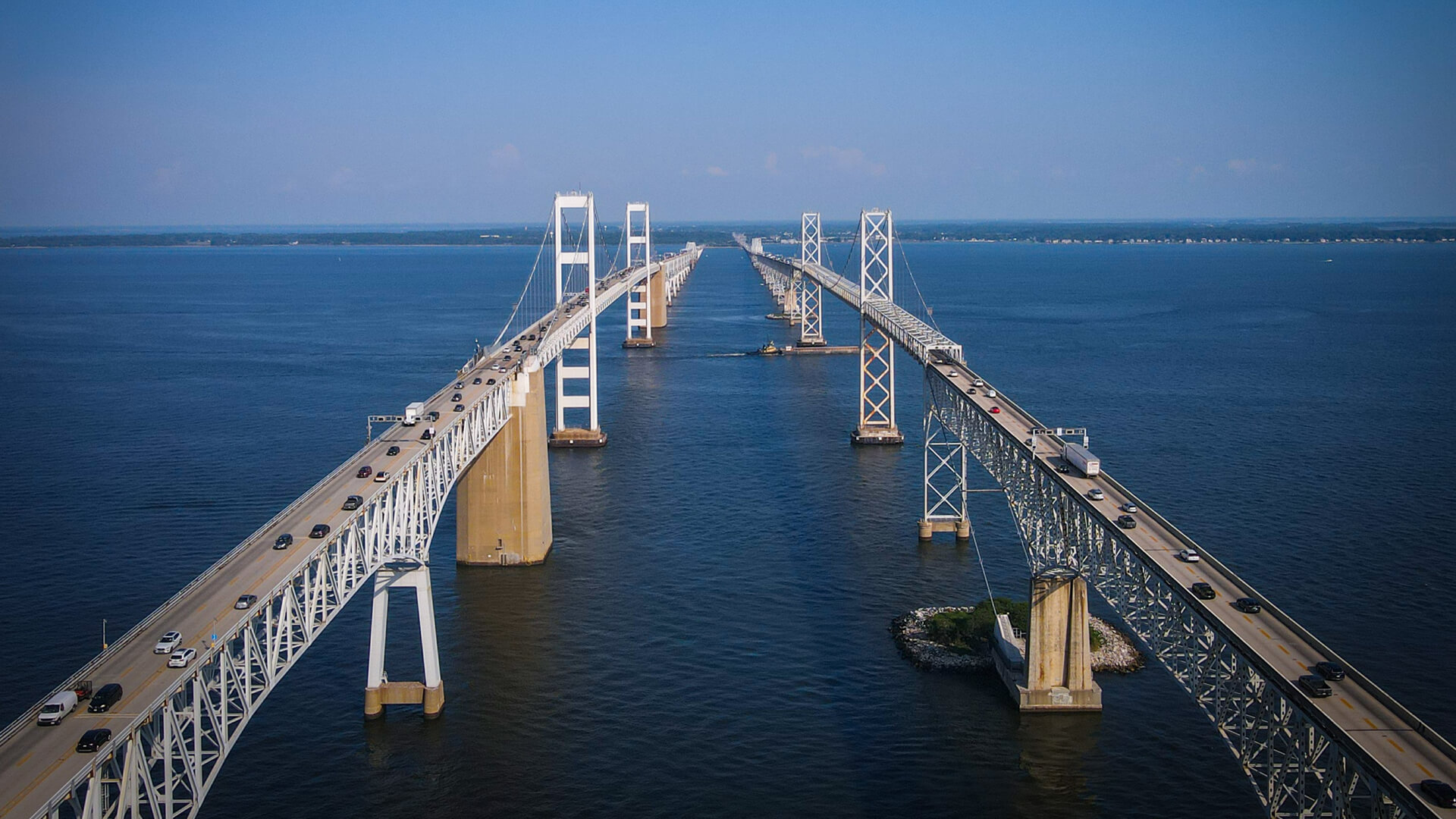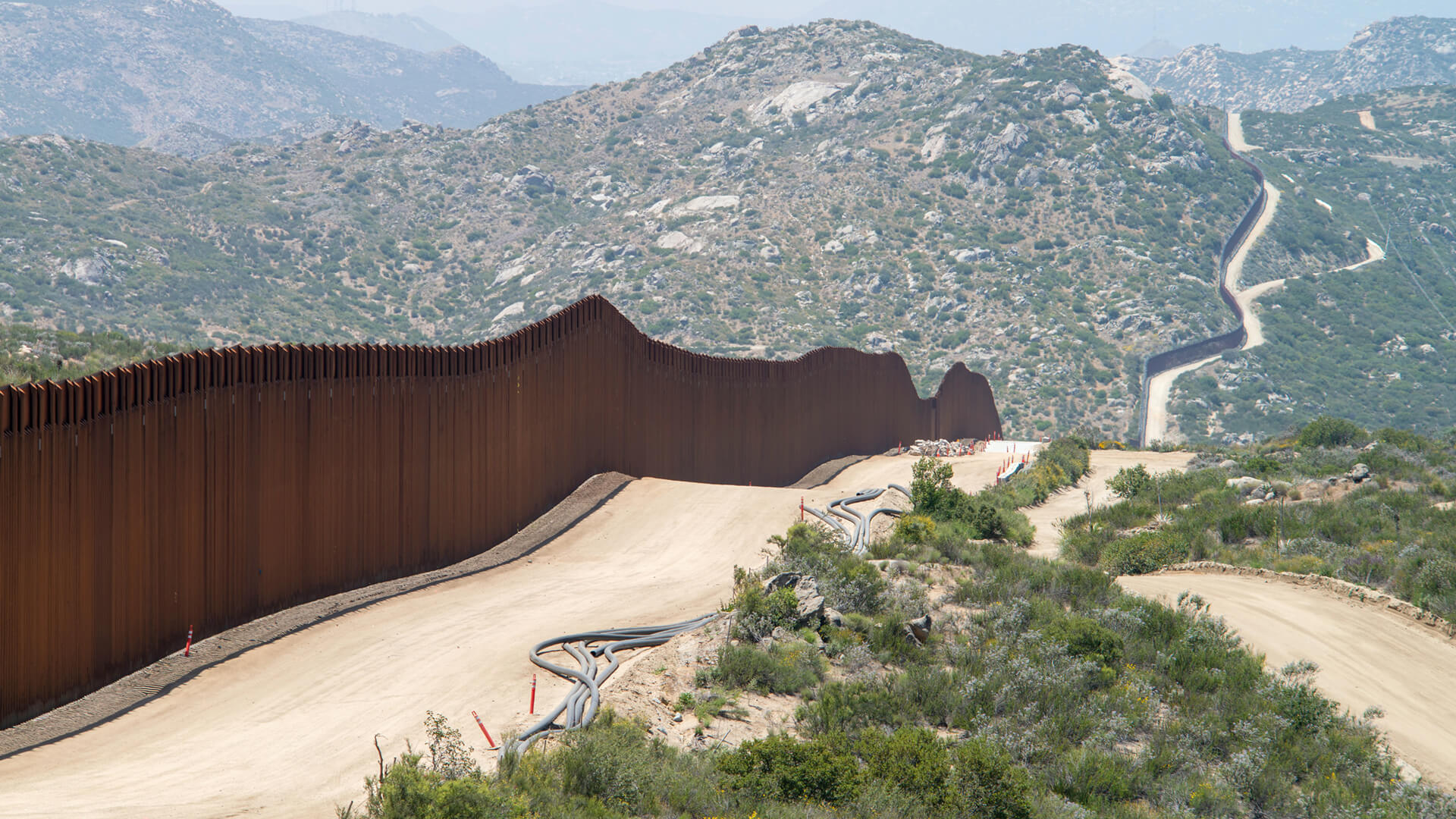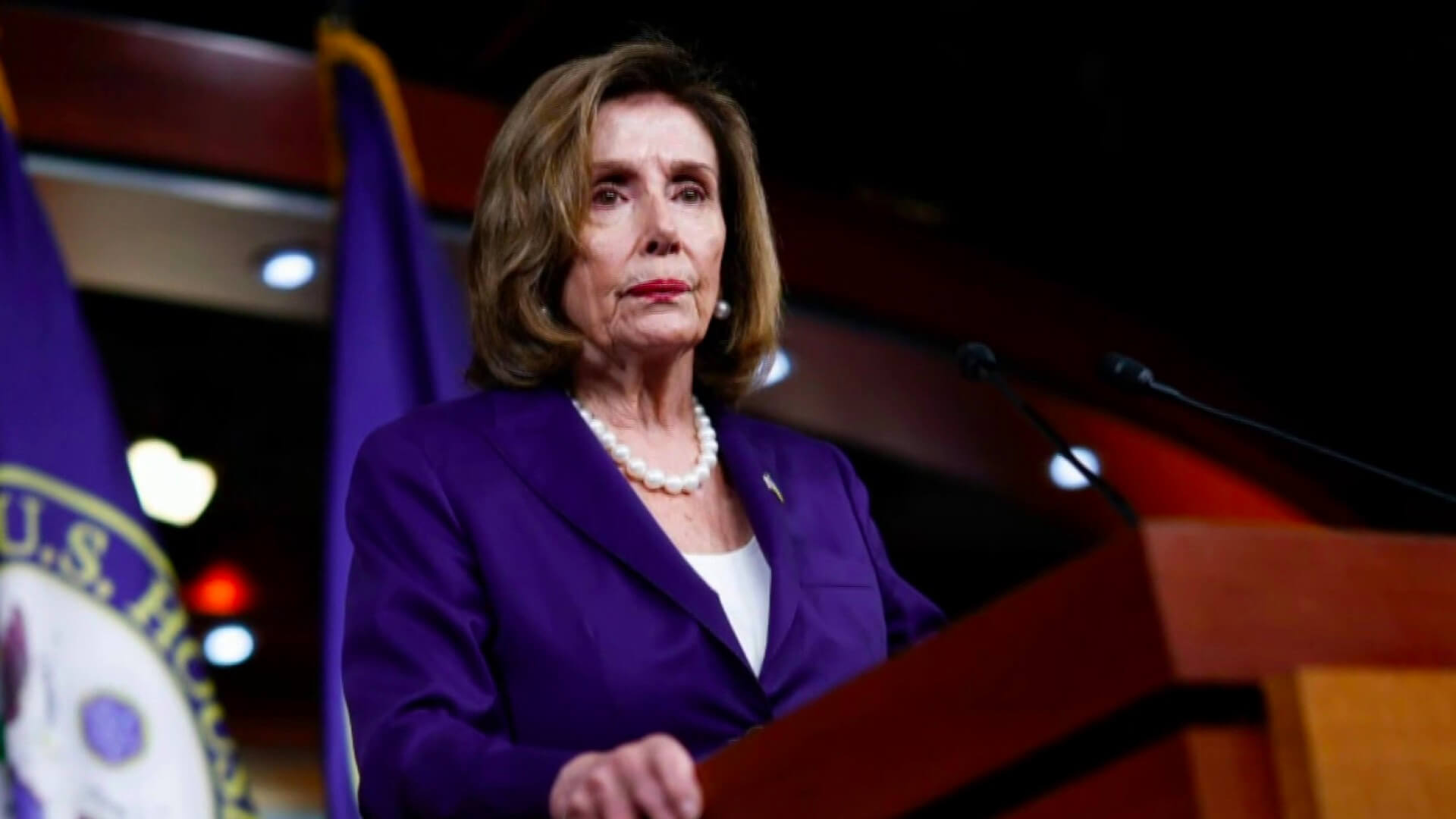Is it a bird? A plane? Nope, just interest rates rising again.
At this point, most of us know the drill with the Federal Reserve raising and lowering interest rates to play puppet master with demand. However, not all of us have adult-experience with a period of high interest rates…I’m talking about millennials. And guess who is responsible for the majority of the demand across the world…millennials.
While the US has enough millennial-backed demand to get them through this recession, the rest of the world will quickly show how important it is to have a full quiver of monetary regulation tools at their disposal.
As this economic crisis unfolds across the globe, expect plenty of whining from your favorite crypto-bros, millennials and Germans.
Here at Zeihan On Geopolitics we select a single charity to sponsor. We have two criteria:
First, we look across the world and use our skill sets to identify where the needs are most acute. Second, we look for an institution with preexisting networks for both materials gathering and aid distribution. That way we know every cent of our donation is not simply going directly to where help is needed most, but our donations serve as a force multiplier for a system already in existence. Then we give what we can.
Today, our chosen charity is a group called Medshare, which provides emergency medical services to communities in need, with a very heavy emphasis on locations facing acute crises. Medshare operates right in the thick of it. Until future notice, every cent we earn from every book we sell in every format through every retailer is going to Medshare’s Ukraine fund.
And then there’s you.
Our newsletters and videologues are not only free, they will always be free. We also will never share your contact information with anyone. All we ask is that if you find one of our releases in any way useful, that you make a donation to Medshare. Over one third of Ukraine’s pre-war population has either been forced from their homes, kidnapped and shipped to Russia, or is trying to survive in occupied lands. This is our way to help who we can. Please, join us.



